I work from home and thus tend to think rather a lot about domestic spaces. So perhaps it’s no surprise that my latest blog post here will relate my experience of going to a museum which is all about homes through the ages.
A couple of months ago, I finally had the chance to visit the Geffrye Museum. It’s in achingly cool Shoreditch, which in reality means tramping along very busy and grimy roads as the public transport connections are rather limited. The museum itself is situated in restored and refashioned almhouses and an oasis of calm and greenery in the midst of the urban bustle.
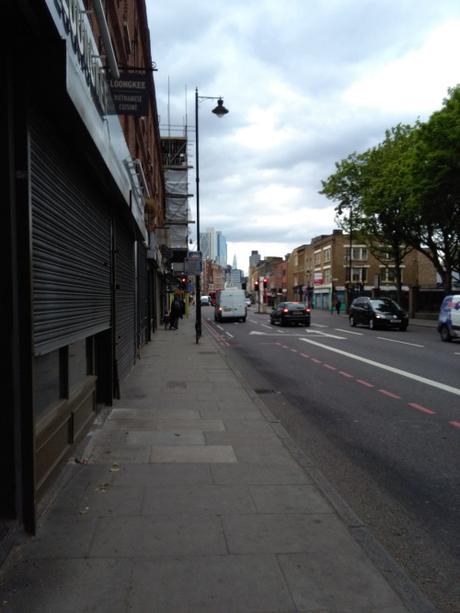
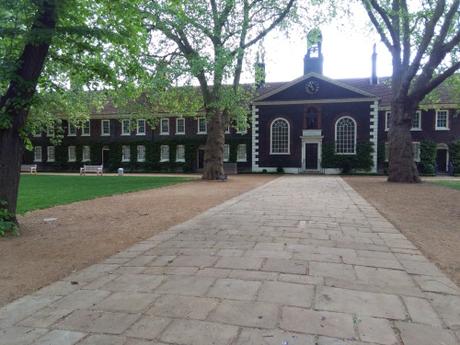
Unlike many museums and exhibitions, which seem to eschew putting things forward in chronological sequence in favour of following themes, the Geffyre Museum solidly set out its rooms in historical order. We travel from the 1600s up to the twentieth century, going through halls, parlours, living rooms and kitchen-dining rooms. Below are a selection of images from these different eras.
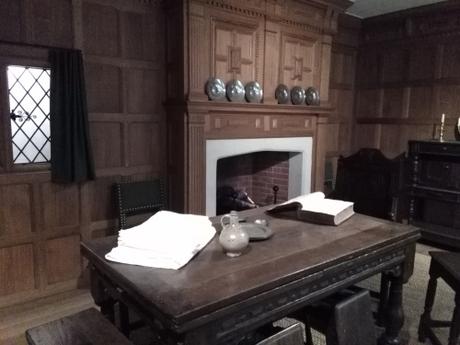
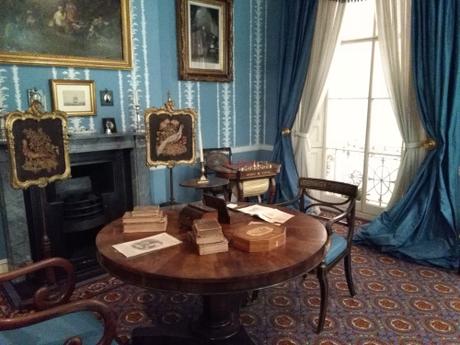
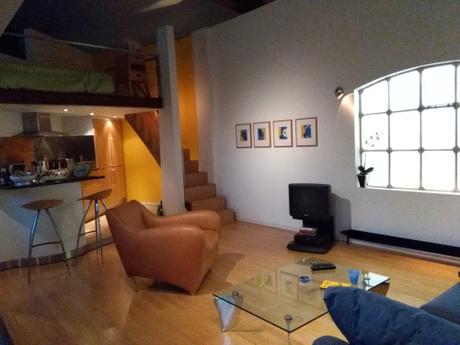
As I walked through the rooms, admiring how our tastes in wood, flooring material, upholstery and other such delights have changed over time, a number of observations struck me.
In reality, I doubt whether many houses would have looked as laid out in the museum at the period specified. Furniture tends to hang around for a long time. Speaking from personal experience, I know that I have a table and chairs that belonged to my husband’s grandmother, as well as items that have only appeared within the last year or two. The reality of homes is that they are less aesthetically coherent with a mish mash of items from many different eras.
The impact of changing patterns in work have fed through into how spaces are used and owned within the house. Over the past century or two, as the idea of going to a factory or office for employment (rather than running one’s business or trade from home) has become more common, it means that living rooms have become more ‘feminised’. They became more clearly places where women and children spent most of the time with room for games and instruments, and more ‘cosy’.
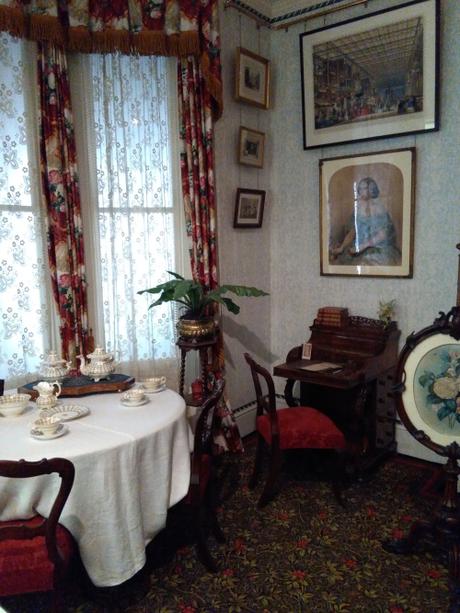
There is lots of discussion about the growing importance of China on the world stage today – think not just of its economic might as the second largest global economy, but also its growing political leadership, for example in committing to the Paris climate change Accord whilst America has not. It was interesting to see evidence of when China was also influential earlier. However, it was seen more as an exotic place full of interesting and beautiful art, culture and history. In the early eighteenth century, drinking tea from China was a novelty and also a luxury. You would not find the big clunky mugs from which we slurp our ‘builders’, but instead tiny porcelain bowls and saucers to make the precious drink go further. Cupboards were inspired with intricate ‘Oriental’ designs made to look like Japanese lacquer (but actually made in Europe).
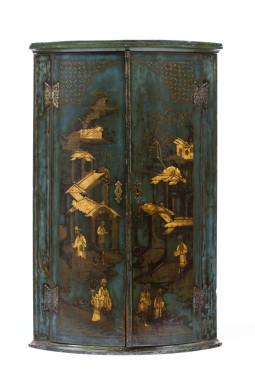
Perhaps what was most distinctive about the museum was the fact its focus was on middle class households. When we admire rooms and furniture from the past, it tends to be within the setting of big posh stately homes and thus reflecting the lifestyles of the very rich and very privileged. Instead, the Geffyre Museum lets us see what those in the middle experienced. Though you don’t get the sumptuous décor and extraordinary attention to personal comforts, as for instance found at Eltham, looking round is more engaging as it is more accessible.
I wonder what ‘my era’ will look like when it is put up to visit?!
Advertisements